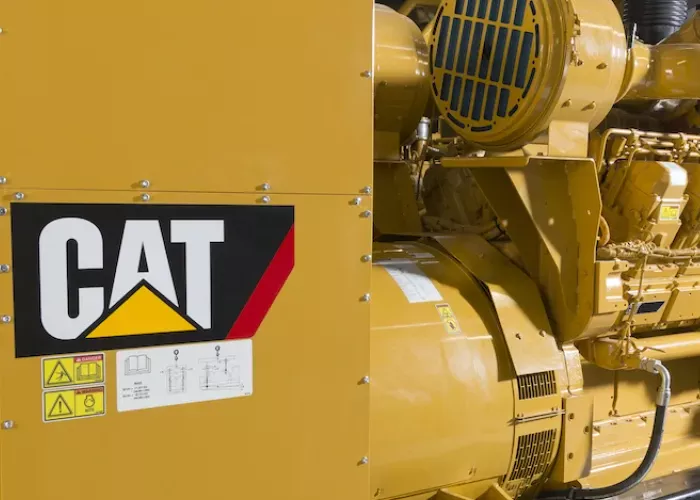Generators are critical assets in both residential and industrial settings, providing reliable power when the grid fails or when continuous operation is necessary. Proper maintenance ensures longevity, operational efficiency, and safety. In 2025, with advancements in generator technology—including the widespread use of generators powered by diverse fuel types and integrated smart monitoring systems—the question of how often maintenance should be performed has become more nuanced. This article discusses the ideal maintenance frequency to maximize generator lifespan, backed by recent industry practices and engineering insights.
Factors Influencing Generator Maintenance Frequency
1. Generator Type and Technology
The maintenance interval varies significantly depending on the type of generator in use. For example, diesel-powered generators generally require more frequent inspections compared to inverter or solar generators due to their complex fuel systems and combustion components. Similarly, synchronous and asynchronous generators have distinct wear patterns and service needs.
2. Operating Environment
Harsh environments—such as those with high humidity, dust, or corrosive elements—necessitate more frequent maintenance cycles. Generators operating in clean, controlled environments can often extend maintenance intervals without risking performance degradation.
3. Load and Usage Patterns
Generators subjected to continuous heavy loads or frequent startups and shutdowns require closer monitoring. Conversely, standby generators that run only for occasional testing or emergencies may have longer intervals between comprehensive service sessions.
4. Manufacturer Recommendations and Standards
Most generator manufacturers provide detailed maintenance schedules tailored to their specific models. For example, brands like Honda include interval checklists that combine run-time hours and calendar months for optimal maintenance planning.
Core Maintenance Activities and Their Recommended Frequency
Daily or Before-Use Checks
- Visual inspection for leaks, corrosion, and physical damage
- Fuel, oil, and coolant level checks
- Battery condition and charge status
- Control panel for any error or warning indicators
These quick checks help identify immediate issues before operation and are critical for standby and portable generators.
Monthly Maintenance
- Run the generator under load to verify operational performance
- Inspect and clean air filters and fuel filters if needed
- Test battery electrolyte and terminals
- Check belts, hoses, and other mechanical components
Monthly maintenance is essential for standby and frequently used generators to ensure readiness and prevent buildup of minor issues.
Quarterly or Every 250 Hours
- Change oil and replace oil filters
- Inspect spark plugs or glow plugs
- Test cooling system including radiator and coolant levels
- Clean or replace fuel filters
- Inspect exhaust system for leaks or blockages
Quarterly intervals align well with generators under moderate use, balancing thoroughness with operational availability.
Biannual or Every 500 Hours
- Replace air filters
- Inspect valve clearances and adjust if necessary
- Check and test alternator and electrical connections
- Test safety shutdown systems and alarms
Such comprehensive checks are essential to sustain generator efficiency and avoid costly breakdowns.
Annual Maintenance or Every 1,000 Hours
- Complete overhaul of fuel system components
- Flush cooling system and replace coolant
- Perform load bank testing to simulate full operational load
- Inspect and test control system firmware and software updates
- Examine the generator’s structural integrity and mountings
Annual maintenance is the cornerstone of extending generator life, particularly for industrial and heavy-duty applications.
Integrating Predictive Maintenance with Traditional Schedules
Modern generators increasingly incorporate IoT sensors and AI-based predictive maintenance systems. These technologies continuously monitor operational parameters such as vibration, temperature, oil quality, and electrical output, allowing for condition-based maintenance rather than strictly time-based schedules. Integrating such systems can extend the maintenance interval safely, reduce downtime, and optimize costs.
Common Maintenance Mistakes That Shorten Generator Life
Neglecting Fuel Quality
Low-quality or stale fuel leads to clogged injectors and fuel filters, increasing engine wear. Regular fuel system flushing and using stabilizers can mitigate these issues.
Skipping Scheduled Oil Changes
Oil degrades with use, losing its lubricating properties. Failure to change oil per manufacturer intervals accelerates engine wear and may lead to catastrophic failure.
Ignoring Environmental Impact
Generators exposed to dust, moisture, or salt require more frequent air filter changes and corrosion prevention measures.
Improper Storage Practices
Generators stored long-term without proper preservation—such as draining fuel or using protective covers—may experience component deterioration.
Conclusion
Extending the operational life of a generator depends heavily on adhering to an appropriate maintenance schedule tailored to the specific type, usage, and environmental conditions. While general guidelines provide a solid baseline, leveraging manufacturer recommendations, combining traditional preventive maintenance with modern predictive technologies, and addressing operational realities will yield the best outcomes. Regular, systematic maintenance reduces downtime, improves safety, and ultimately saves significant capital expenditure on early replacements or major repairs.
FAQs
How often should I run my standby generator to ensure it stays operational?
It is recommended to run standby generators at least once a month for about 20-30 minutes under load. This keeps the engine lubricated and ensures the battery remains charged.
Can I extend maintenance intervals if my generator has low usage?
While low usage can allow for slightly extended intervals, calendar-based maintenance remains critical. Oil degrades over time even if not used extensively, so following manufacturer calendar guidelines is important.
What are signs that my generator needs immediate maintenance?
Unusual noises, excessive smoke, difficulty starting, fluctuating power output, and warning lights or alarms on the control panel indicate the need for immediate inspection and servicing.
Is it necessary to use original manufacturer parts for maintenance?
Using original or manufacturer-approved parts ensures compatibility and reliability, maintaining the generator’s warranty and optimal performance.
How does environmental condition affect maintenance frequency?
Generators in harsh environments with dust, salt, or moisture need more frequent air filter changes, corrosion checks, and fuel system maintenance compared to those in controlled indoor settings.

